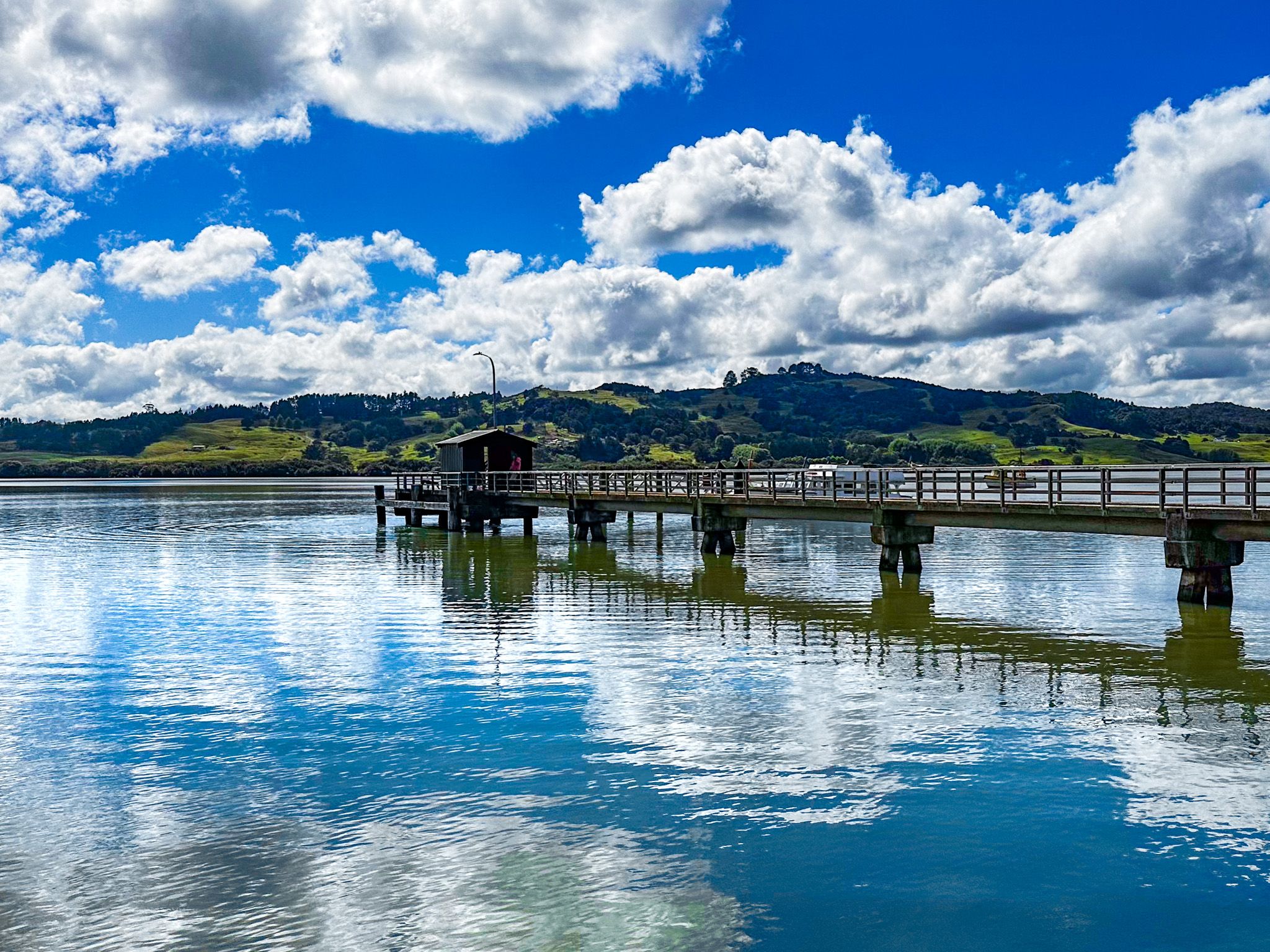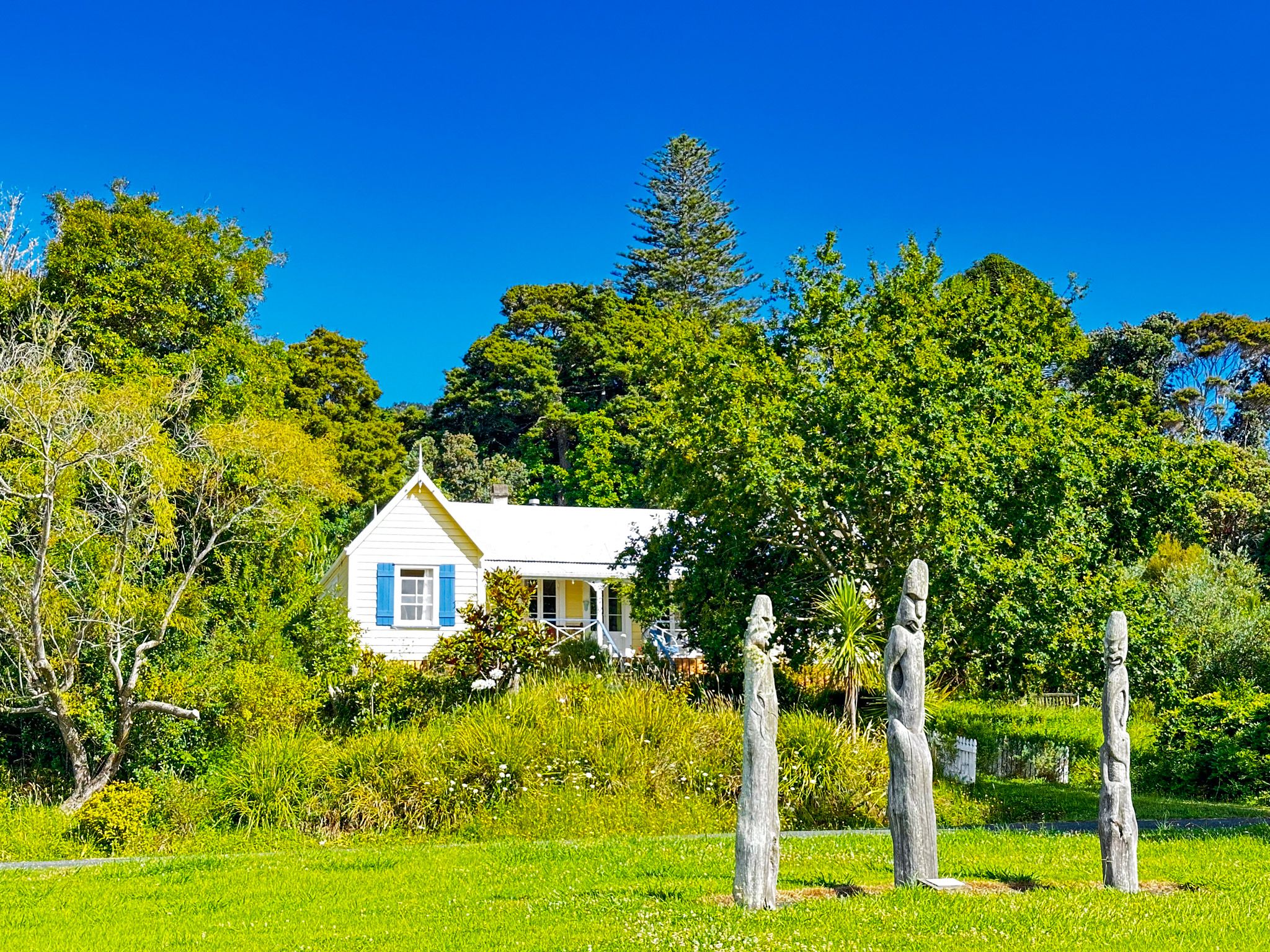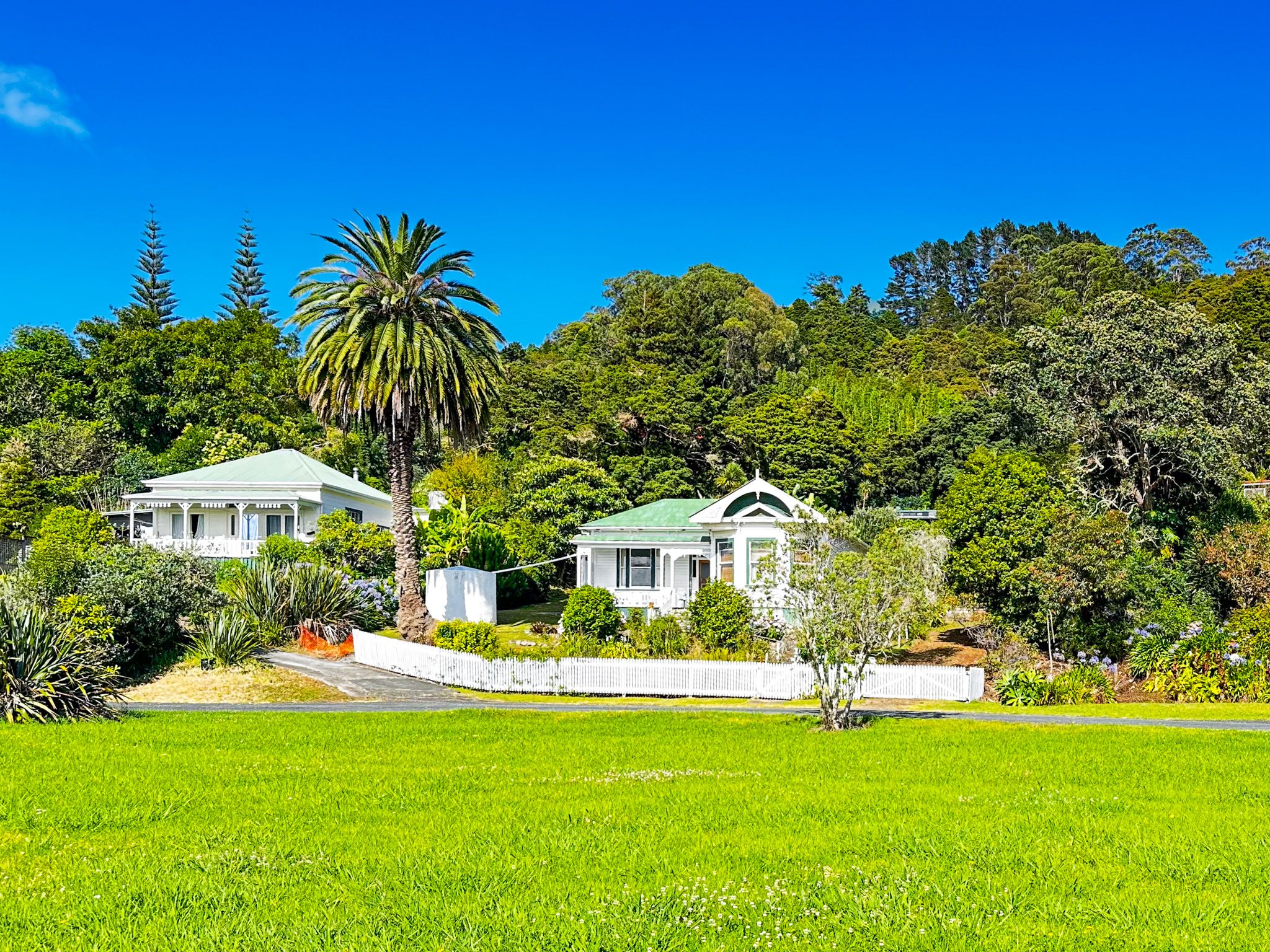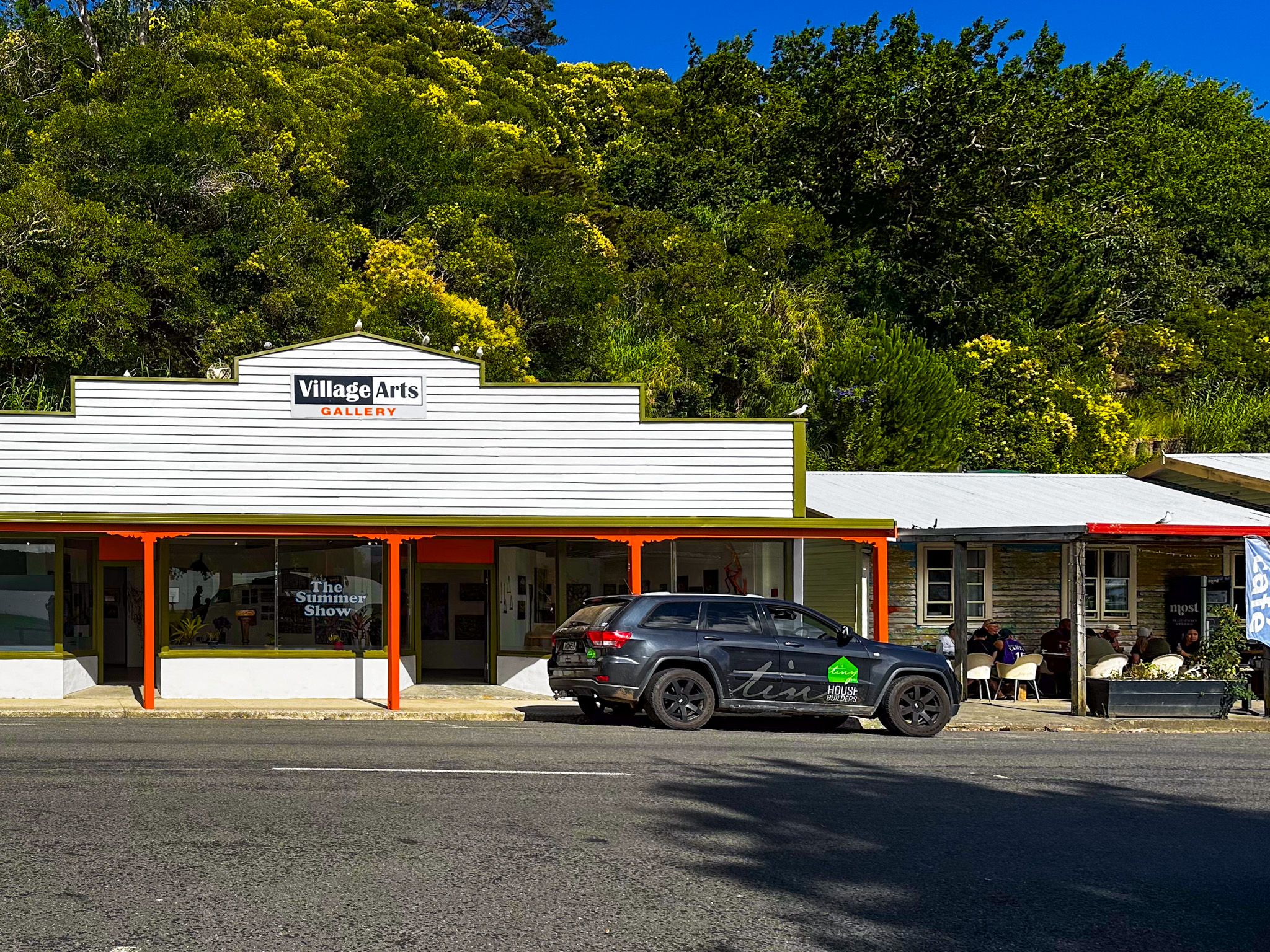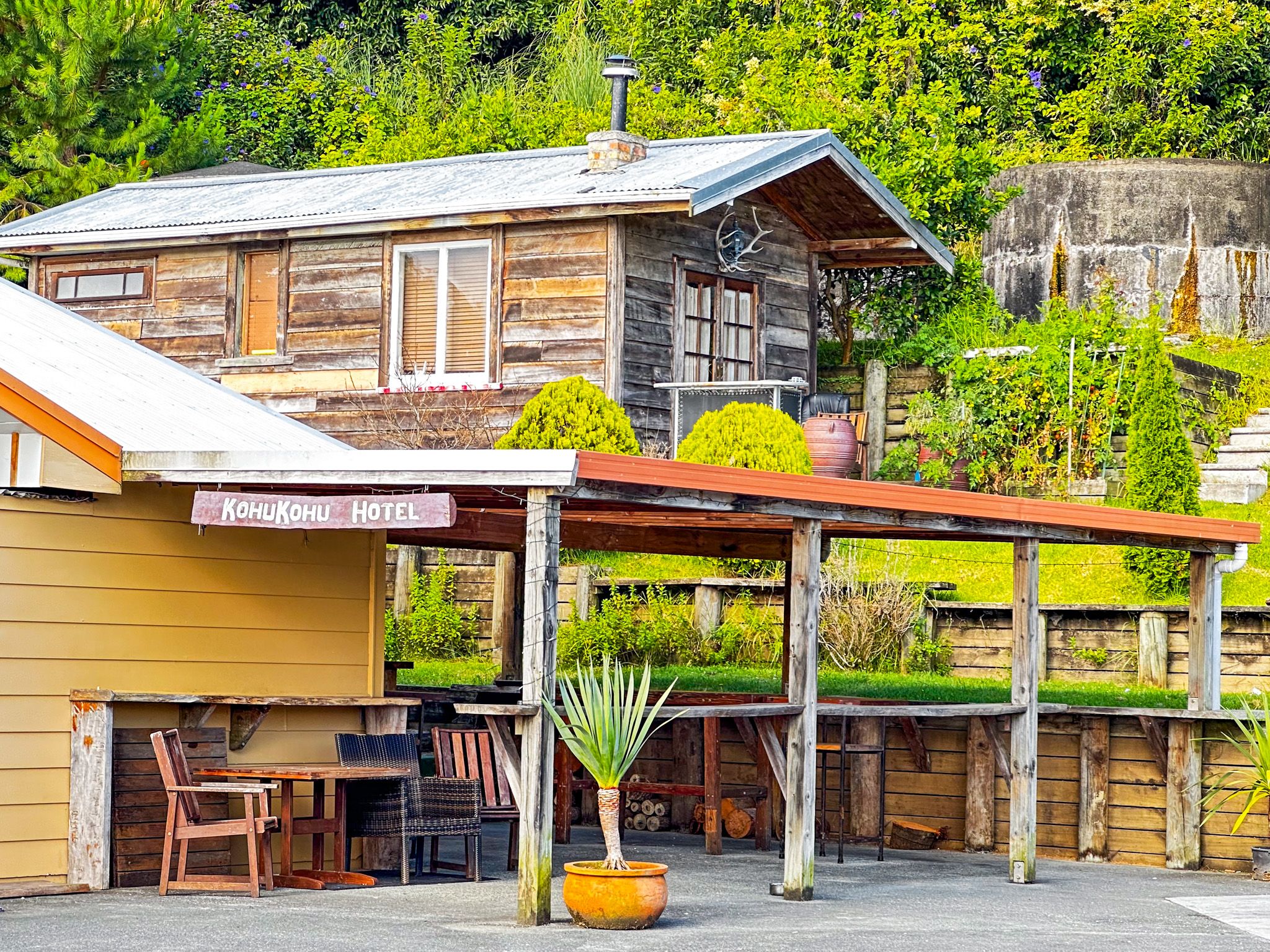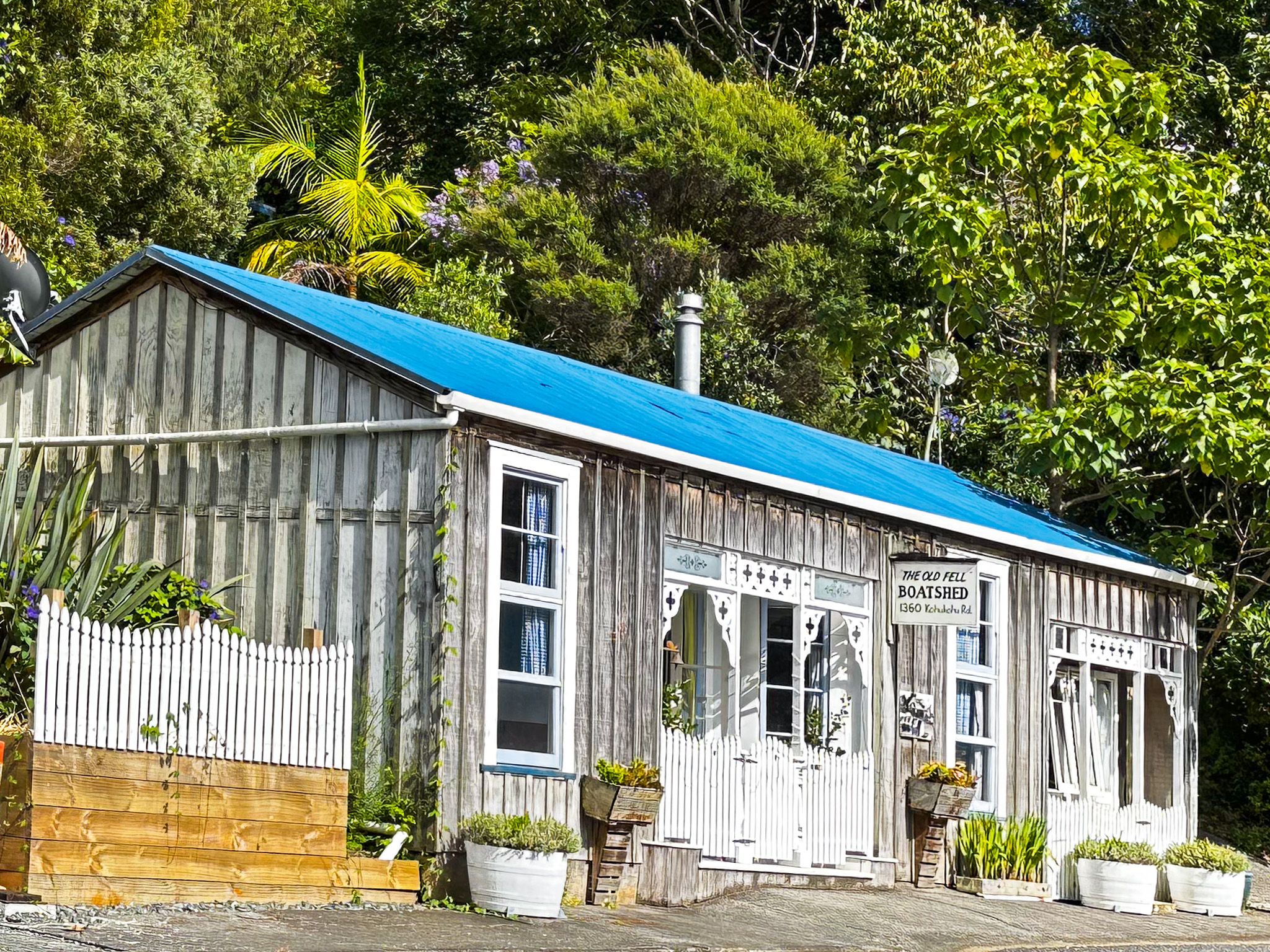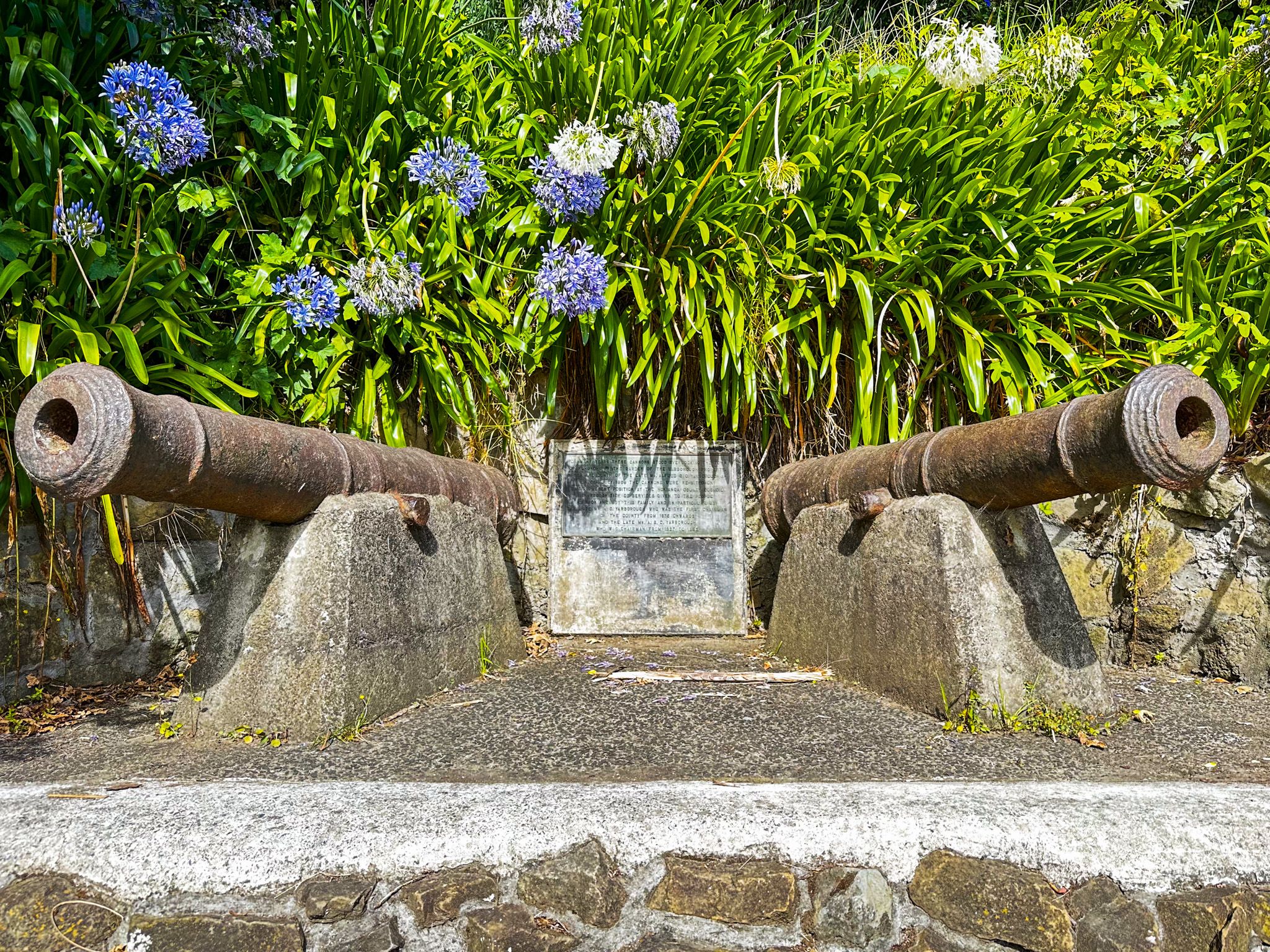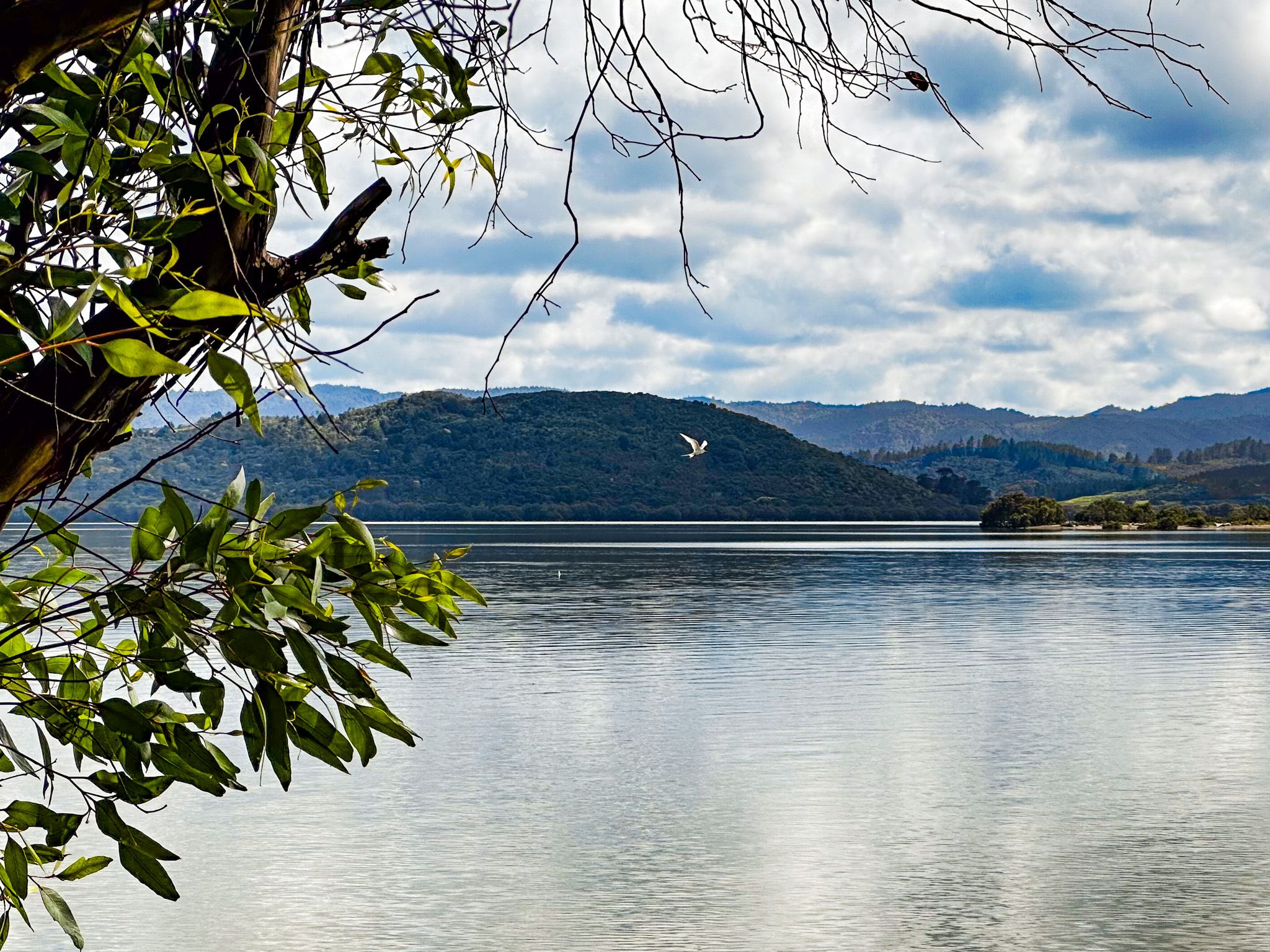Kohukohu is a small town in Hokianga Harbour in Northland. It sits south of where two rivers, the Mangamuka and Waihou, converge in the harbour. To the north, you can follow Kohukohu Road to connect with State Highway 1 and minor roads to the scenic small harbours of Whangape and Herekino on the west coast. From Herekino, you can drive to Ahipara at the south end of Ninety Mile Beach. To the south is access to the Rawene Ferry and West Coast Road. This road provides access to the north side of the harbour and fabulous, remote Mitimiti Beach.
Kohukohu was one of the first European towns in NZ. Like Horeke and Rawene, it was focused on kauri timber extracted from the surrounding kauri forests in the 1820s. In 1900, the town was the largest in the region, with around 2,000 people engaged in the timber industry. But the kauri was largely gone within 20 years or so of this peak.
Today, the town has about 200 people. It has been a substantial beneficiary of tourism growth due to its unique connection to the Rawene and as a gateway to the remoter driving options to the northwest coast of Northland. Most of the surviving historic buildings in the town centre have been repurposed as cafes and galleries alongside the historic hotel. A substantial pier and a large war memorial arch are also in a grassed reserve between the shops. As with Rawene, many pre-1900s houses speak to the wealth harvested from the forests. Forests can recover, and the hills above the town show up to 100 years of regrowth.
Kohukohu also has an amusing connection with Kupe, the Polynesian discoverer of Aotearoa, NZ. He purportedly visited the area before returning to Hawaiiki and was unimpressed that the food cooked in a hāngī (earth oven) was undercooked. He swore at the hosts, “Kohu kohu,” and the name stuck.
As with other small towns around the Hokianga, Kohukohu notched up a few firsts. In 1827, Augustus Earle was the first European artist to spend several months in NZ and painted the tiny island of Motiti just to the northeast of Kohukohu. The first Catholic mass in NZ was north of Kohukohu at Totara Point in 1838, following the arrival of Bishop Pompallier. The first stone bridge was built on the Kohukohu foreshore between 1843 and 1851. It was built from sandstone blocks used as ballast by ships plying the timber trade between Hokianga and Sydney. Subsequently, the foreshore was expanded by reclamation, and the bridge was partly buried. But it still exists as a footbridge, with a sign marking its position.
